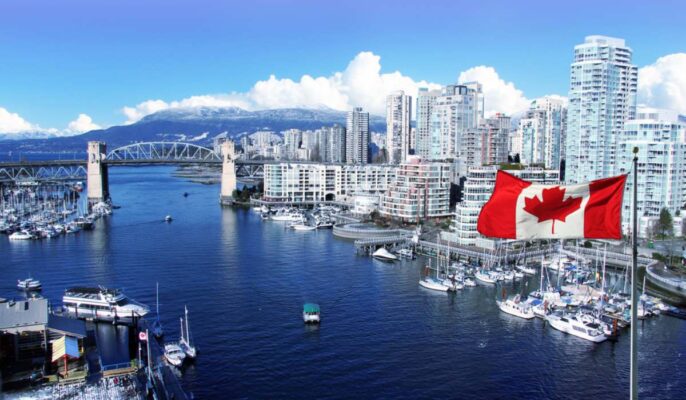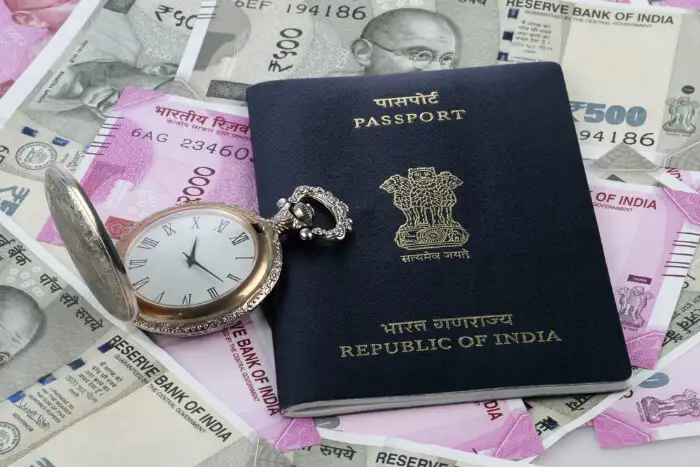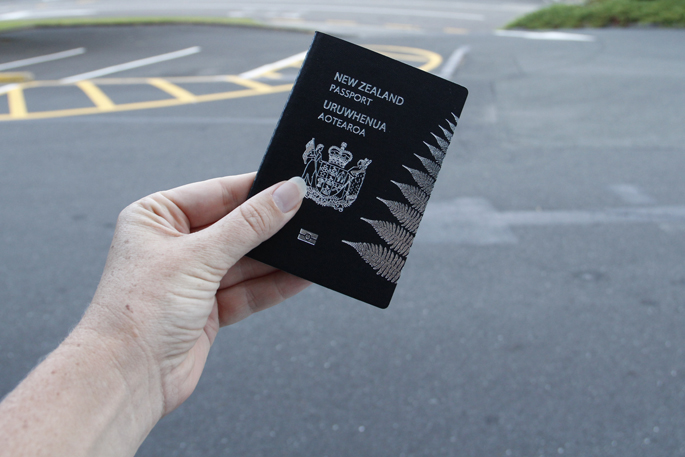Are you a US citizen planning to visit India? Whether it’s for business, pleasure or spiritual reasons, obtaining an Indian visa can be quite daunting. With so many types of visas and endless requirements, the process may seem overwhelming. But don’t worry! In this post, we’ll provide you with everything you need to know about getting an Indian visa as a US citizen – from the different types of visas available to the application procedure and tips for a smooth journey. So sit back, relax and get ready to embark on your exciting adventure in India! Indian Visa for US Citizens
What is an Indian Visa?
Assuming you are a U.S. Citizen, you will need to acquire a visa before traveling to India. A visa is an official document that allows entry into a specific country. In order to obtain an Indian visa, you must submit a completed application, passport-size photograph, and the applicable fees to the nearest Indian consulate. The process of applying for a visa can vary depending on the consulate, so it is important to check with the specific consulate beforehand. Once your application has been processed and approved, you will be issued a visa that will allow you to stay in India for a specified period of time.
Requirements for Getting an Indian Visa as a US Citizen
As a US citizen, you will need to apply for a tourist visa in order to visit India. The process is relatively straightforward and can be completed entirely online.
There are two types of visas available for US citizens traveling to India: the e-Tourist Visa (eTV) and the regular Tourist Visa. The eTV is valid for 30 days and can be obtained entirely online. The regular Tourist Visa is valid for up to 90 days and must be obtained from an Indian consulate or embassy.
To apply for either visa, you will need to have a valid passport with at least 6 months of remaining validity. You will also need to provide proof of onward travel out of India, as well as evidence of sufficient funds to support your stay. Additionally, all travelers must have a yellow fever vaccination if they are coming from a country where the disease is present.
Once you have gathered all of the required documents, you can begin the application process online. For the eTV, simply fill out the application form on the official website and pay the visa fee with a credit or debit card. Once your application has been processed, you will receive an email confirming your visa grant. Print out this email and bring it with you when you travel to India. Indian Visa for United States Citizens
For the regular Tourist Visa, you will need to submit your application and supporting documents in person at an Indian consulate or embassy. You will also need to pay the visa fee at this time. Once your
Types of Visas and Eligibility Criteria
There are several types of visas that US citizens can apply for when traveling to India. The most common type of visa is the tourist visa, which allows individuals to stay in India for up to 60 days. Other types of visas include business visas, student visas, and work visas. The type of visa that an individual applies for will determine the eligibility criteria that must be met.
To be eligible for a tourist visa, individuals must have a valid passport and a confirmed ticket for travel to India. They must also submit a completed visa application form and supporting documents, such as proof of financial means and a photograph. Business visas require similar documentation, but individuals must also provide evidence of their business activities in India. Student visas require proof of enrollment at an Indian educational institution as well as a letter of recommendation from the school. Work visas are only issued to individuals who have been offered employment by an Indian company.
Applying for an Indian Visa
Applying for an Indian Visa as a US Citizen:
The process of applying for an Indian visa as a US citizen is relatively straightforward. However, there are a few things to keep in mind in order to ensure a hassle-free experience.
First and foremost, it is important to note that all US citizens need a visa to enter India. There are no exceptions to this rule. Therefore, it is important to start the application process well in advance of your planned travel date.
The first step is to fill out an online application form. Once the form is complete, you will need to submit it along with two passport-sized photographs and your passport. In most cases, you will also need to provide proof of onward travel from India, such as an airline ticket.
Once your application is received, it will be processed and you should receive your visa within a few weeks. However, it is always best to check the status of your application online or by contacting the embassy directly to avoid any delays.
Processing Time and Fees
As a US citizen, you will need to apply for a visa before traveling to India. The process is relatively simple and can be done entirely online. However, there are a few things to keep in mind when applying for your visa, such as processing time and fees.
It generally takes about 4-5 business days for the Indian government to process a visa application. However, if you are applying for an e-visa, it may take up to 72 hours. There is also an expedited processing option available for an additional fee of $60.
The cost of an Indian visa for US citizens is $160, which must be paid via credit card at the time of application. There is also a bank service charge of 2.5% on top of the visa fee.
Conclusion
We hope this article has been helpful in understanding everything you need to know about getting an Indian visa as a US citizen. The process can seem daunting at first, but with the right knowledge and preparation, it will be much easier. Remember to check all of the requirements before applying for your visa and make sure that you are fully prepared for your travels. With the right planning, an Indian visa opens up a world of new opportunities for US citizens wishing to explore this beautiful


